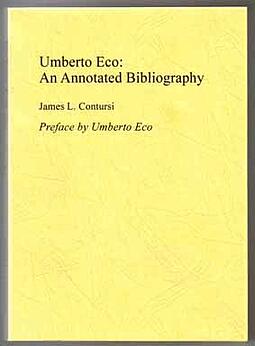One of the joys of collecting rare books is that you can focus your collection around just about any theme youd like: a specific author, a certain time period, or a favorite hobby. One popular way to build a collection is to focus on a single title. This approach can be a great way for novice collectors to begin, since they can choose a favorite title and work around that. Its also an excellent strategy for more experienced collectors who may want to add greater depth to their rare book collections.
Choosing the Right Title
Not all titles are a great focus for a collection. For instance, more obscure titles might be difficult choices because there may only be one edition, or very few editions, of the book in the first place. On the other side of that, books that have been classics for centuries (think works of Shakespeare or Dickens) might present a single-title collector with an almost endless task: countless editions, illustrators, translations, etc.
Your best bet is to choose a title thats somewhere in between. Especially if your rare book collection is an investment for the future, youll want to select a title that has at least some appeal to other collectors. You may want to focus, for instance, on a lesser known work of a legendary author.
The ideal place to start your single-title collection is actually a bibliography. Before you begin, youll want to explore the scope of editions available. Determine whether theres a definitive biography for the author youre interested in, such as the Hammond for JRR Tolkien or Contursi for Umberto Eco. If no author-specific bibliography exists, check online catalogues at Worldcat, the Library of Congress, or the British Library.
A bibliography is often a collector's best resource.

Factors to Consider
As you build your single-title collection, youll obviously want to expand your collection beyond merely first editions:- Think about first editions published in other countries. Theyre often different than the one published in your own country, even if the content of the book is exactly the same.
- Look into foreign translations, which may be plentiful. Some books are actually more popular abroad than they are in the authors own country, resulting in a wide variety of beautiful editions.
- Some titles are published in deluxe or limited editions. They may also be available from a fine press. These editions are often quite beautiful.
- There may be ephemera connected with your book, particularly if theres a movie tie-in. Other interesting pieces may include letters between author and editor or initial critics reviews of the book.
- You may be able to find advance reading copies, galleys, or manuscripts of your title. These items are much more rare than first editions of the books themselves, making them valuable additions to a rare book collection.








